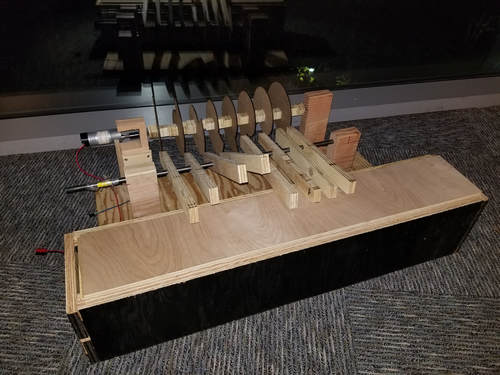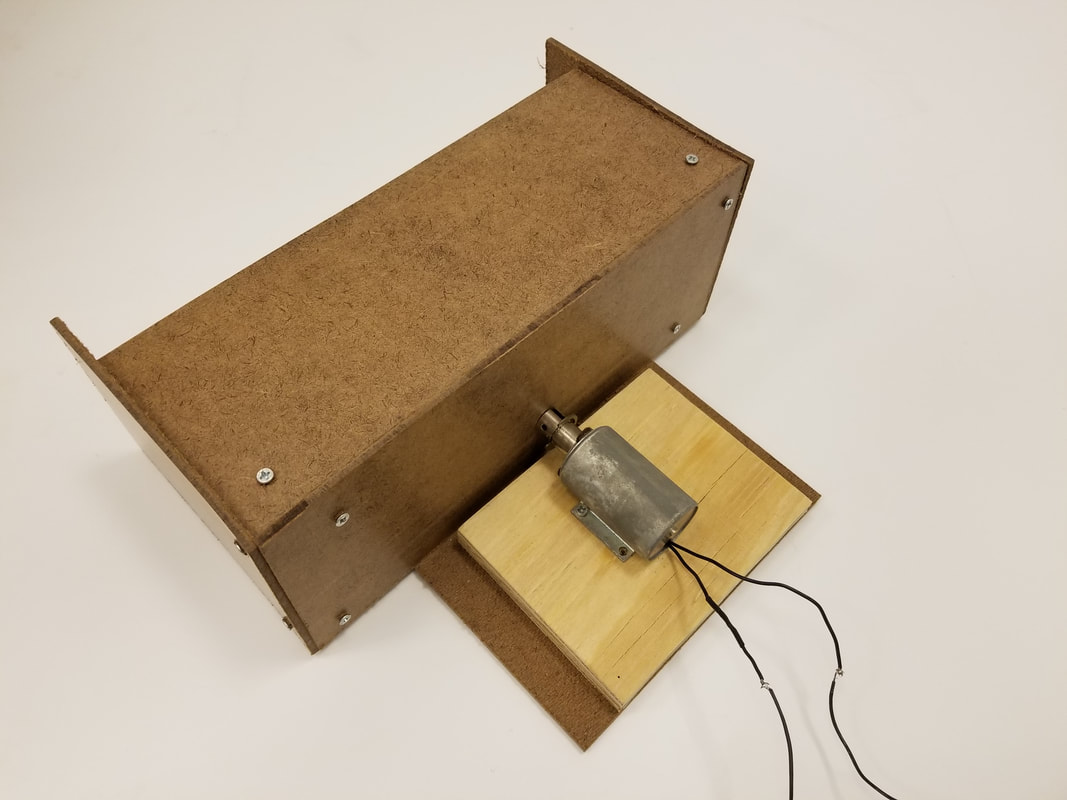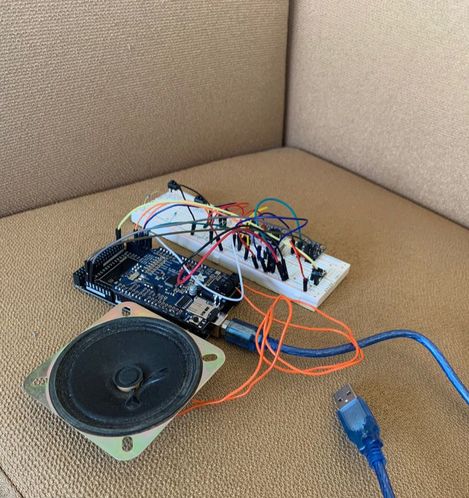For Sprint 2 we planned on building on from our initial proof of concept in Sprint 1 and ensure genuine musical play ability for each component. It was also very important for each part to be working well together. Thus, we had to be aware of our progress and think about how it would compliment the other sounds.
So our goals for this sprint consisted of:
Scale model of camshaft spinning drums
Measuring the tempo of spinning drums to set tempo for solenoid drums
Allow input and looping for Solenoids drums
Make sure the looping syncs with the spinning arm
Work with the Adafruit Music Shield to be able to customize the melody and create the right pitch
Another goal we had that was outside the scope of the project was to have a team dinner together. We believed that it was important to have great team health so we wanted to set a precedent by having some sort of fun meeting session.
So our goals for this sprint consisted of:
Scale model of camshaft spinning drums
Measuring the tempo of spinning drums to set tempo for solenoid drums
Allow input and looping for Solenoids drums
Make sure the looping syncs with the spinning arm
Work with the Adafruit Music Shield to be able to customize the melody and create the right pitch
Another goal we had that was outside the scope of the project was to have a team dinner together. We believed that it was important to have great team health so we wanted to set a precedent by having some sort of fun meeting session.




